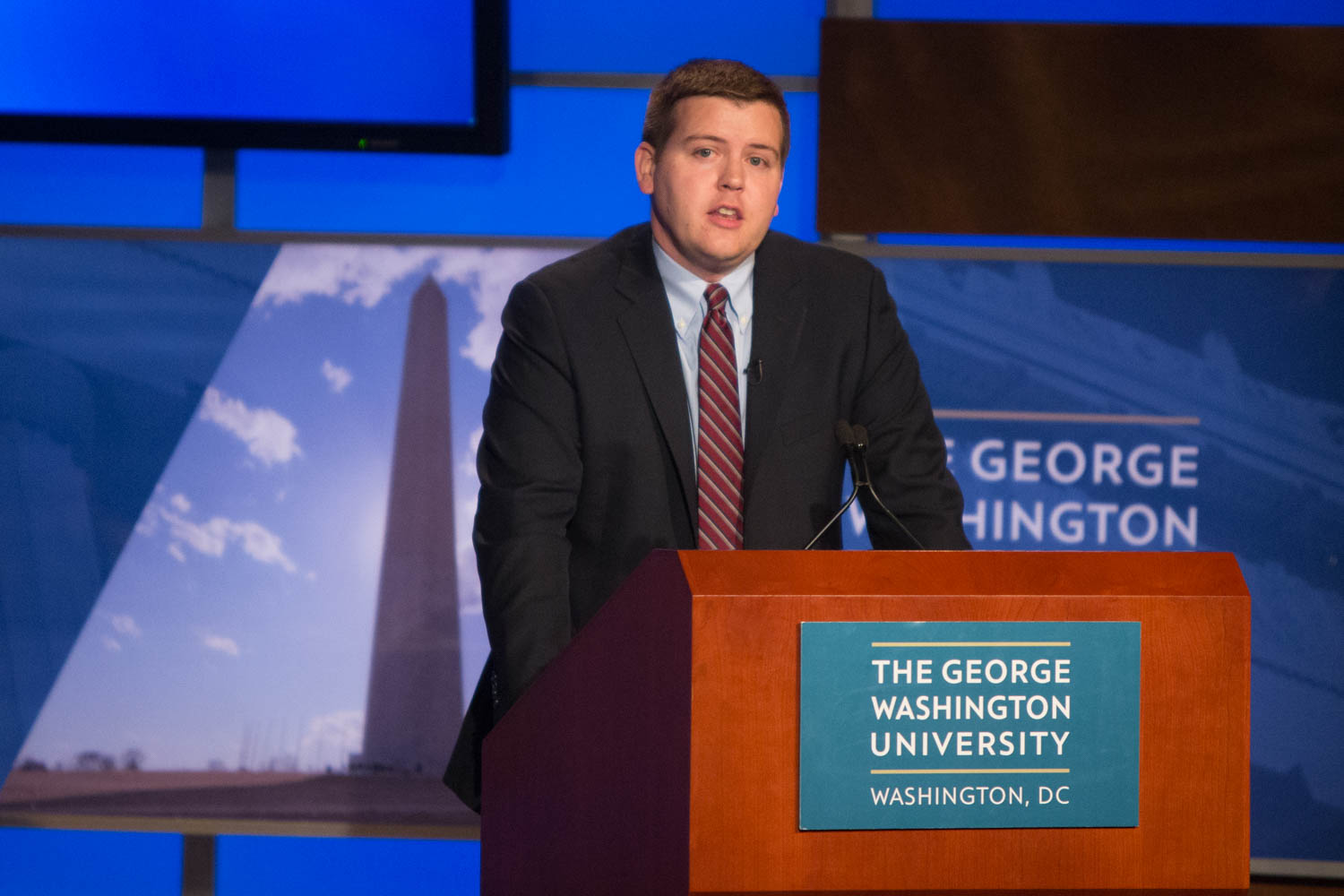By Julyssa Lopez
U.S. officials say that Omar Mateen committed one of the largest mass shootings in the country’s history last Sunday when he opened fire at the gay Orlando night club Pulse, killing 49 people. While the investigation is ongoing, details suggest the shooter was motivated by his allegiance to ISIS. Below, Deputy Director of the Program on Extremism at George Washington University’s Center for Cyber Homeland Security Seamus Hughes discusses the facts surrounding the case and what law enforcement is doing to prevent future attacks.
Q: What do we know so far about the shooter?
A: The shooter had been investigated in the past by the FBI, but there wasn’t enough information to bring criminal charges against him. He’s an individual who clearly decided to choose his target for a variety of different reasons. He’d been flirting with this ideology for at least three years or so.
Q: How does this case compare to other examples of radicalization in the United States?
A: There have been 80 people arrested in the last two years for ISIS-related activities. We have had shootings in the past, including one in Garland, Texas. But while we have an unprecedented number of people drawn to ISIS propaganda, the number is still small compared to European and other Western countries.
There’s no typical profile of an ISIS recruit in America. The main takeaway here is that the recruits run the gamut in terms of socio-economic brackets, they differ in terms of race and gender. It’s a group that recruits far and wide.
Q: How difficult is it for law enforcement and intelligence agencies to prevent this type of lone wolf attack?
A: Law enforcement and intelligence agencies are balancing First Amendment-protected speech with individuals who make a jump to violence. It’s a very difficult balancing act, and they are essentially trying to figure out when someone goes from just espousing ISIS ideology to actual action—there’s not a linear pattern. People float in and out, which makes action very difficult. Context-wise, the FBI also has about 1,000 active investigations in all 50 states related to ISIS, so they’re dealing with a number of different cases at any given moment.
There are two different ways law enforcement tries to approach a case. The first is the use of an informant or an undercover operative. They’ve used that in over 50 percent of cases. The other thing they are doing is teaming up with Muslim-American communities to identify individuals who they’re concerned about and trying non-law enforcement means to prevent them from carrying out despicable acts. There are a number of times where you’re not going to be able to arrest a person because they haven’t crossed a legal threshold, but you’re still concerned about them, so there is a role for civil society in terms of intervention.
Q: Is it likely that this attack or another like it in the United States would pave the way for legislation to give government more power to monitor citizens?
A: I think you’re going to see a reevaluation of programs after any major attack. We don’t have a sense quite yet of what that might look like.


